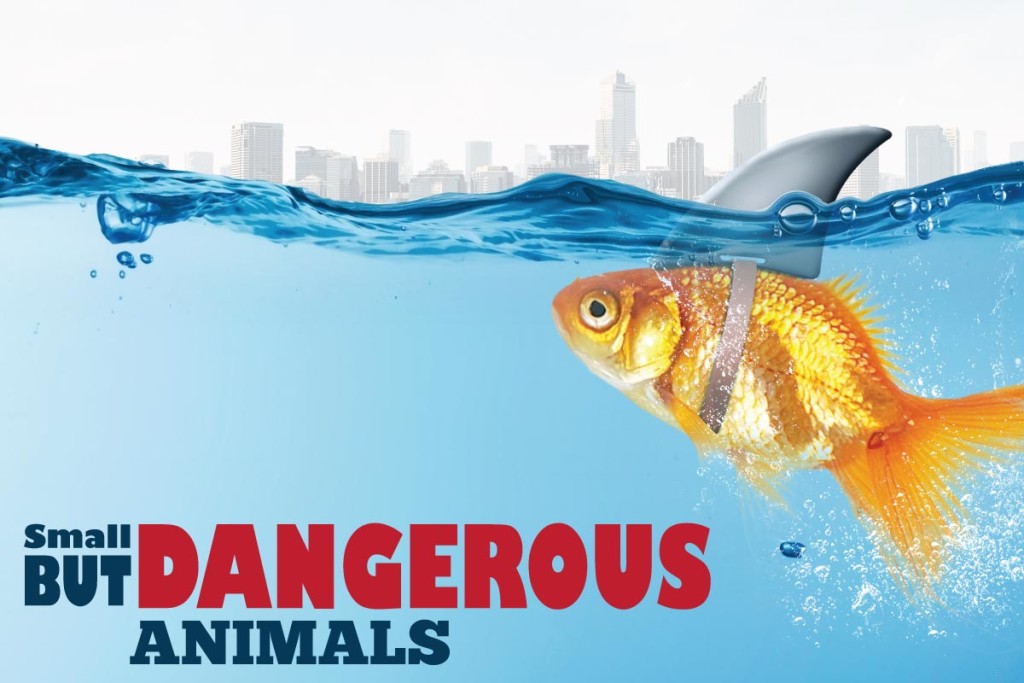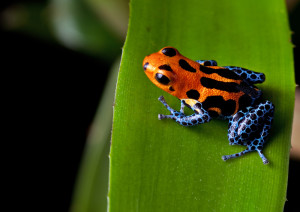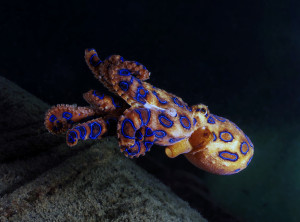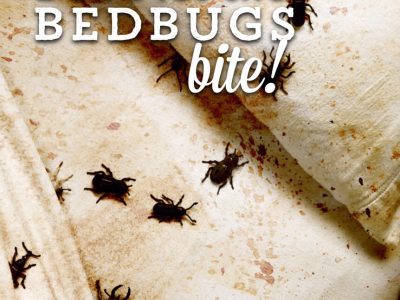Whether it’s their sting or their bite, despite their small size, these following creatures can be even more deadly than a large predator with very sharp teeth! The scariest thing about them is that because they’re so small, they can catch you unawares and then it’s too late.
Poison Dart Frogs
While they might look cute, these little frogs are brightly coloured for a reason – colour in nature means danger. The poison dart frog is less than five cms in size but its skin highly toxic. One species, the golden poison dart frog, secretes toxins so deadly that less than 1 milligram (2 grains of table salt) can cause death within mere minutes. If you happen to be trekking through Central or South America and encounter these cheerful looking frogs you’d be best to leave them alone.
Tsetse Fly
Blow flies are annoying but generally harmless. It’s a different story with the tsetse fly which look similar to a house fly but actually feed on human blood by biting into flesh. This ancient species of fly has been around for 34 million years so it’s well adapted to survival with a long thin proboscis designed to extract blood. Get bitten by a tsetse fly if you’re travelling in midcontinental Africa and you’re likely to contract sleeping sickness which plays havoc with the central nervous system. If left untreated it is fatal within months.
Blue-ringed Octopus
Australia has its own small but deadly creatures. The blue-ringed octopus is just 12 to 20 cm in size but its venomous bite can kill a human. It is found in tide pools and coral reefs of New South Wales, Western Australia and South Australia. Victims, when bitten, suffer paralysis and eventual suffocation if not given respiratory aid. If you survive the first 24 hours, you’re likely to live as the body will remove the toxin of its own accord.
Irukandji Jellyfish
Any Queenslander will know the dangers of swimming during box jellyfish season. You may think nets offer protection but the deadliest jellyfish is also the smallest. Irukandji (Carukia barnesi) jellyfish is just a cubic centimetre in size and can easily breach nets. Its sting is excruciatingly painful – a 12 on the pain scale – and a full dose of morphine only barely takes the edge off. Its venom is 100 times more potent than a cobra and can cause fatal brain haemorrhages.
Indian Red Scorpion
Scorpions are little creatures known to deliver a nasty sting but only 25 out of 1,500 species are potentially dangerous to humans. One of the most lethal is the Indian red scorpion which is only 5 cm to 10 cm in size but has caused up to 40 percent fatality rates, especially in children. Found in India, Pakistan, Nepal and Sri Lanka, they often crawl into beds or fall from the ceilings and sting people. Luckily there is an antivenom if the victim receives immediate medical attention.






